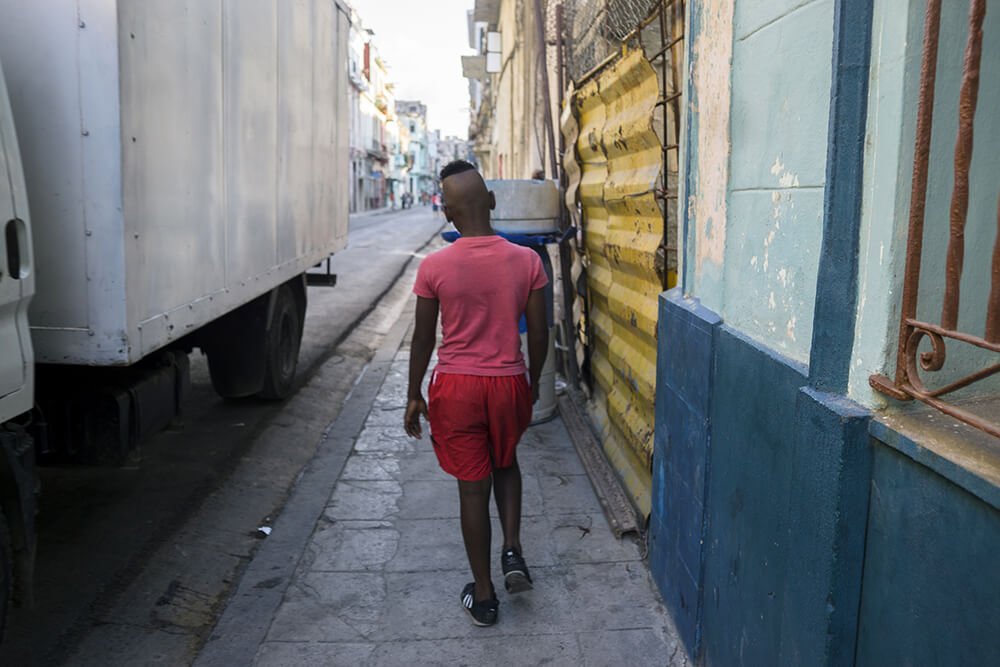INTERVIEW
Finding a Freedom
WITH VIRGINIA ZOLI
An interview with Virginia Zoli
“The best lesson photography has taught me is to observe the world in a different way, that every place in the world hides a story that matters”.
Virginia Zoli won our fourth theme of Life Framer Edition V, Street Life, with a candid Cuban street scene – an evocative capture which our judge, David Alan Harvey, praised for its ‘mystery’, and it being ‘seemingly nostalgic without being too sentimental’.
Keen to know more, we asked Virginia more about the image, her time in Cuba, and her work with refugees to Italy…
Hi Virginia. Congratulations on winning our Open Call judged by David Alan Harvey. What did you make of his comments?
Thank you again for giving me the chance to have my work judged by David Alan Harvey, I’m truly honored! I find his comment very powerful and full of inspiration. Whenever I do street photography I try to catch the moment of the “unseen”, when people do not know that they are being watched. There’s a kind of mystery behind every person’s eyes, lost in his/her thoughts. I always choose a balance of colors that make my images look like old photographs, more poetic, especially in places like Cuba where time seems to have stopped.
The image comes from your series about Cuba. How did the series come about, and what story were you aiming to tell?
The photograph was taken within a district named Habana Centro, one of the poorest of the capital. I was staying in a ‘casa particular’ over there, and from my little balcony I could see what was happening outside at any time. I noticed that people were living in the street more than I’ve ever seen before in any other country, especially kids. I was fascinated by the way kids were playing outside day and night, freely, using simple things. The authenticity of that particular barrio meant a lot to me, and I thought that the absence of internet might be one of the reasons for of all that simplicity. Because I’m used to see people staring at their smartphones all day long, I wanted to capture the feeling of “freedom” of people living in Habana Centro, beyond any political issue or angle.
Of course David Alan Harvey is best known for his images of Cuba, particularly in the 1990s, which must make his selection of your work even more special. Were you influenced by his photography?
David Alan Harvey’s images have helped me to make a selection of my own photographs of Cuba. I tried to follow the way he narrates Cuba by portraying locals and tourists in different contexts of everyday life. Each of his images has a story to tell and that’s a big challenge for any photographer. It’s been strange for me to walk down the same places where some of Harvey’s photo were taken back in the 90’s.
Can you talk us through your favorite image from the series?
The photo of the blue wall with graffiti of Fidel Castro has a meaning to me. It was taken in March 2018, during the presidential elections. After a few days Raul Castro was not going to be the president of Cuba anymore, a big change in history, the end of the Castro dynasty. When I saw this wall with a broom and a rag leaning on it, I found this scenery really symbolic for that time in Cuba: it felt like someone was going to clean up Fidel Castro’s face sooner or later.
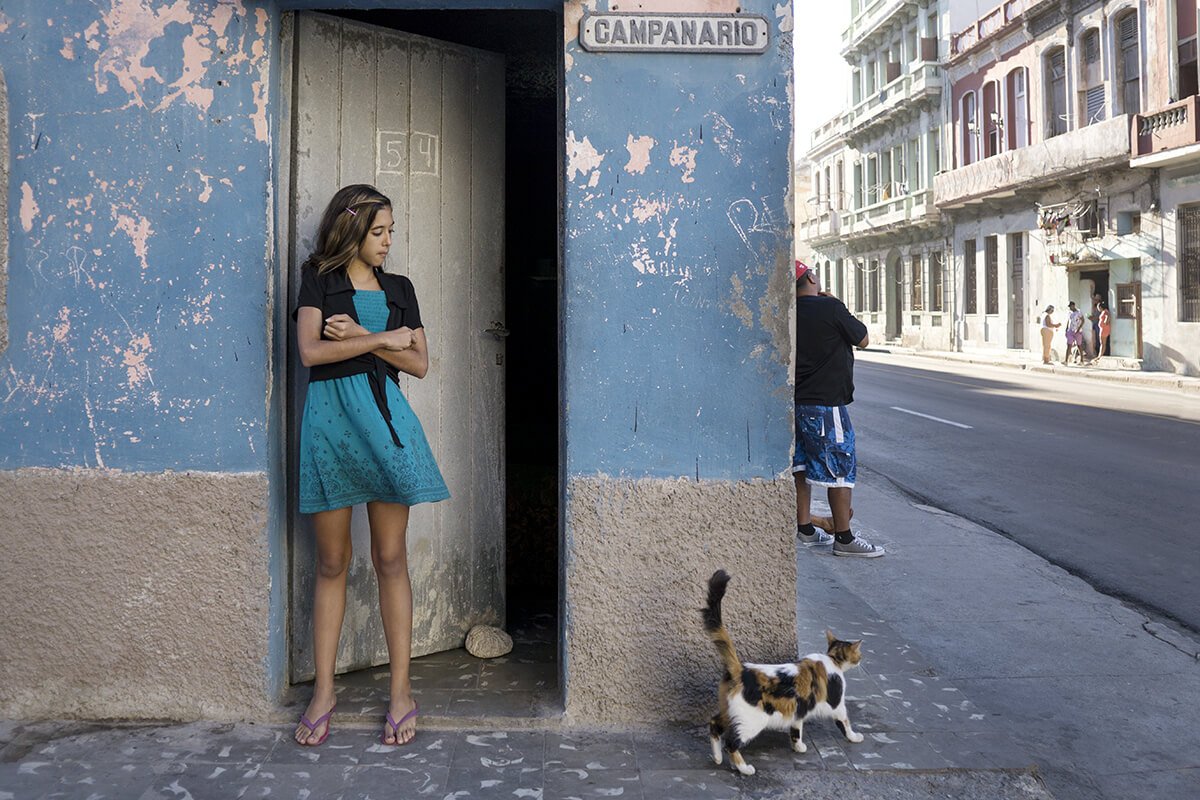
Virginia’s winning image for the theme ‘STREET LIFE’, from her series Cuba
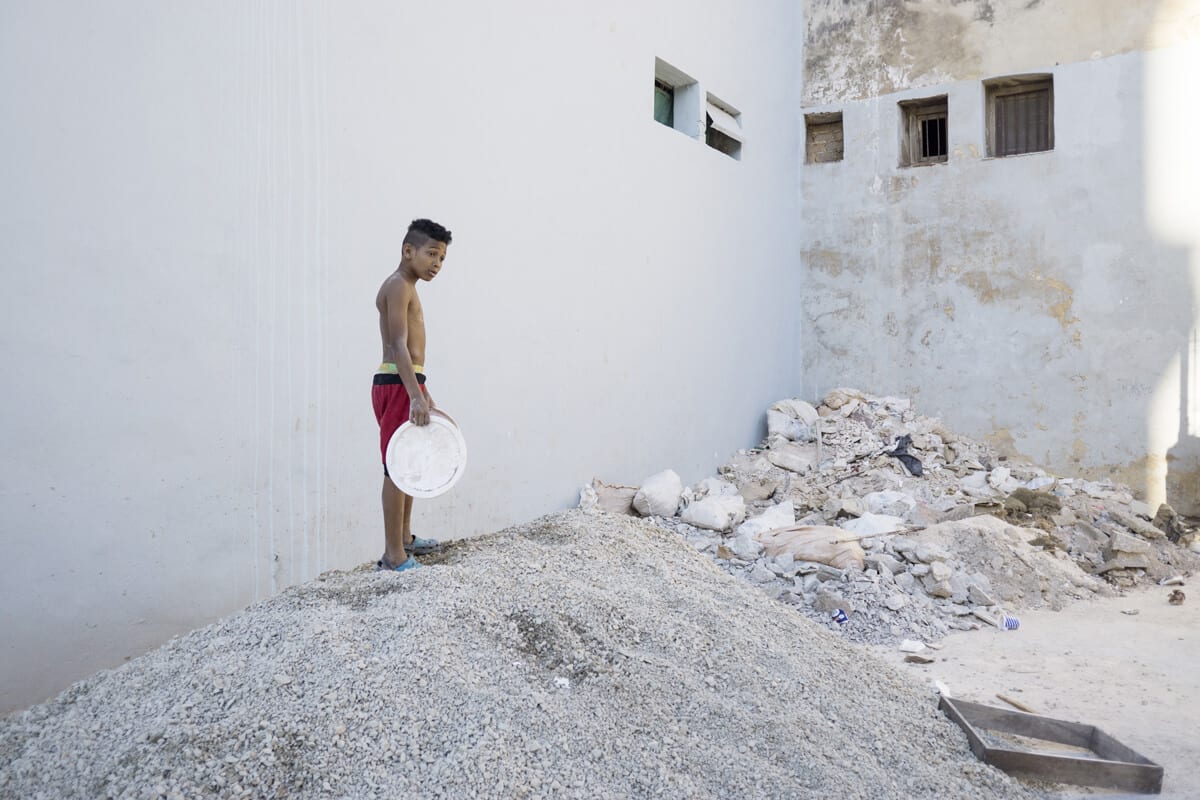
From the series Cuba
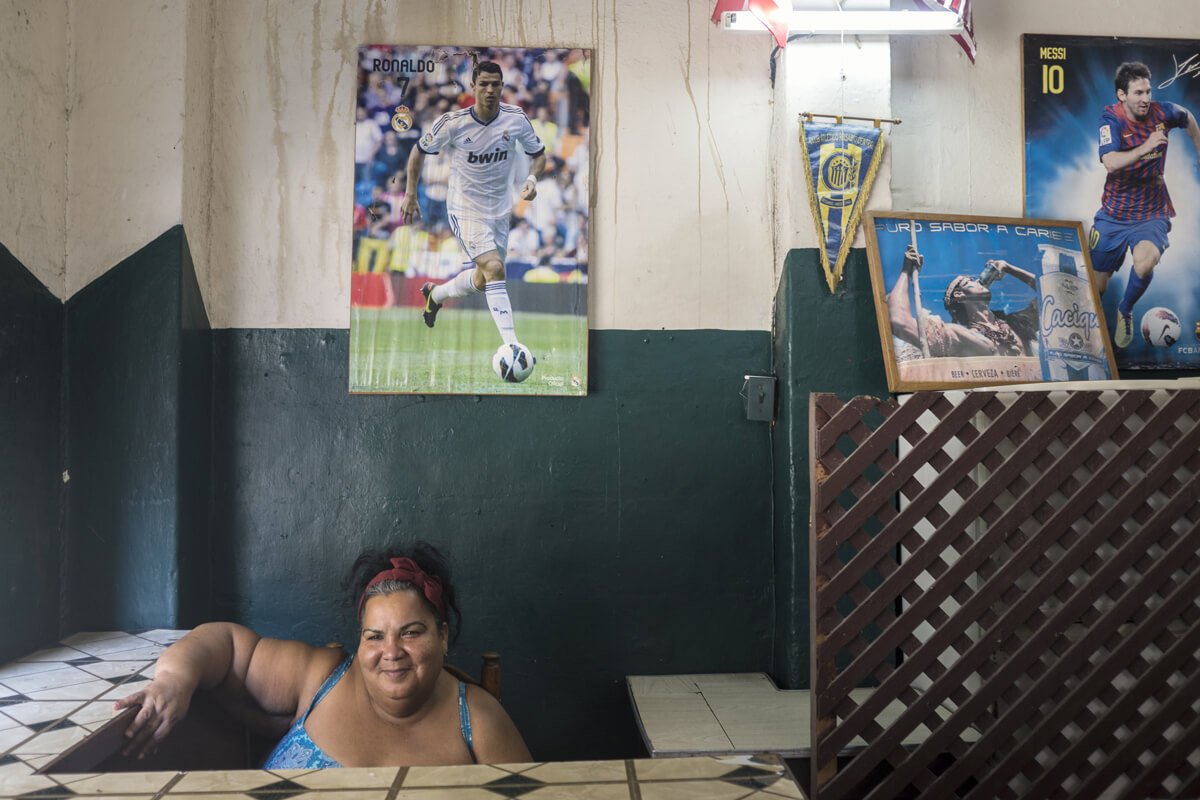
From the series Cuba
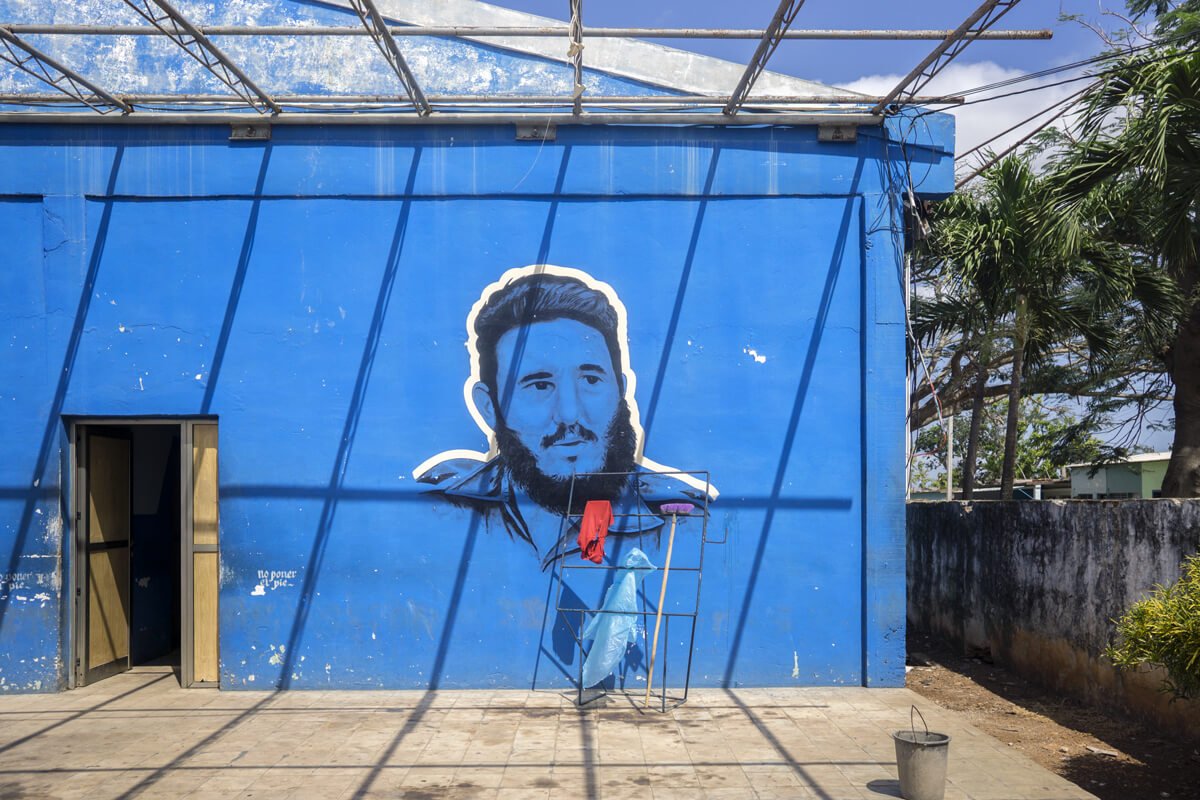
From the series Cuba
In a funny way, it seems like time has stood still when looking at yours and David’s images of Cuba side-by-side. And yet the socio-politics of Cuba continue to change month by month, and I imagine the country has an eternal allure. Do you wish to return? Is your photo-story complete?
It’s true, when I was there I could see a lot of what he had portrayed back in the 90’s and many things looked the same. For sure what fascinates me the most about Cuba is its recall to the time of the Revolución, and I tried to reflect it in my images. I definitely want to go back to this amazing island and further explore the southern part. I’m curious to see whether there will be any changes with the new president and I’d like to continue to photograph the streets of Cuba and its people.
You shoot analog and develop your own film. Is this a fundamental part of your photographic practice? Has it always been the case?
I started using analog cameras years ago when I was living in Amsterdam. Back then I was using an old camera from my mum, an Olympus OM10, and I loved it. Lately I’ve been practicing in the dark room and started to develop my own films, shot with a very old Pentax. Developing and printing is a good way of studying my own photographs, and shooting analog makes me feel closer to the subject I’m about to photograph. Every shot becomes very precious.
You work as a social educator with refugees to Italy and have developed photography assignments around social integration and personal experiences. Can you tell us more about these?
In the past two years I’ve been working as a social educator in asylum seekers’ reception shelters. Since the very first time I walked into a shelter I thought that I could use photography as a powerful tool to narrate their stories. As migration became a main subject in contemporary photography, I wanted to find a way to talk about it in a more intimate way. That’s way, together with another photographer, I asked some asylum seekers to portray their lives in Italy with an analog camera. It wasn’t easy at the beginning. Most of them were used to their smartphones’ cameras and they were sharing a lot of images through social media; some didn’t even know how to use a camera. But these “problems”, in the end, made the project even more beautiful and interesting, with so many different perspective and experiences about living in Italy. After developing the films we interviewed them and asked the reasons why they chose to photograph some things instead of others and why they decided to take part in the project. At the end we put everything together into a small catalogue.
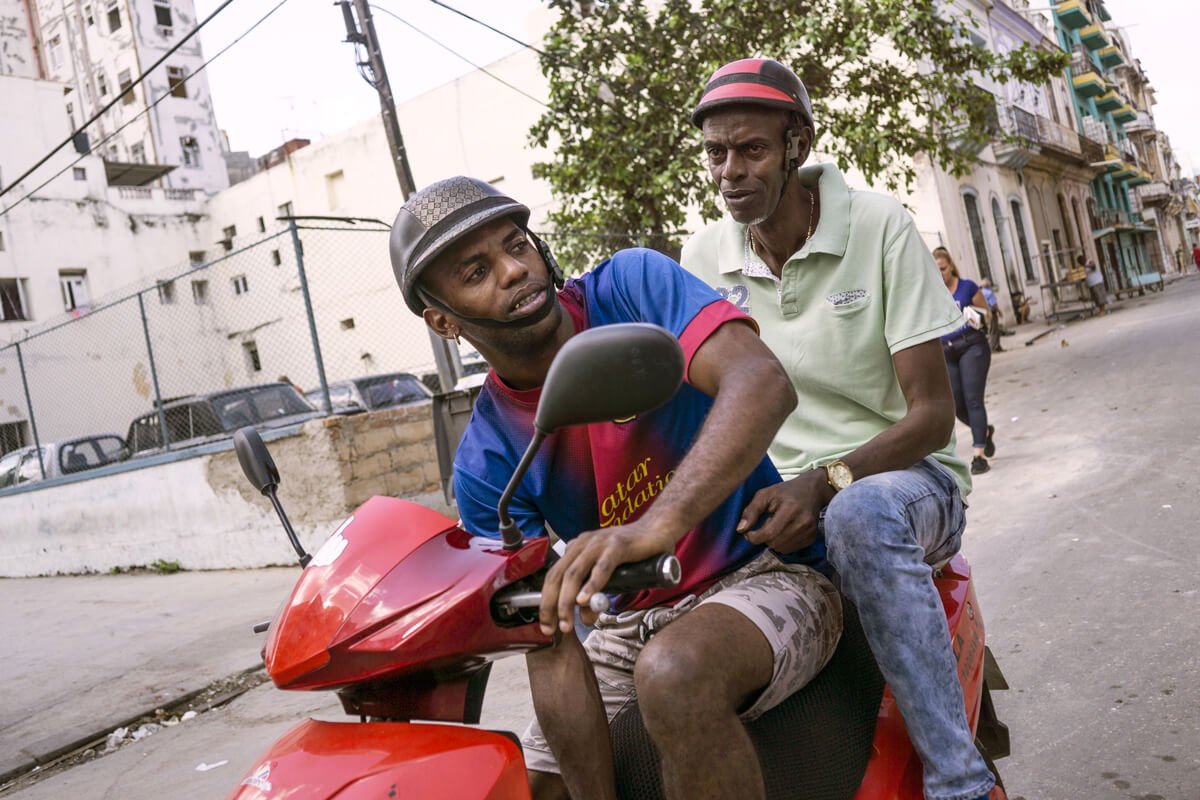
From the series Cuba
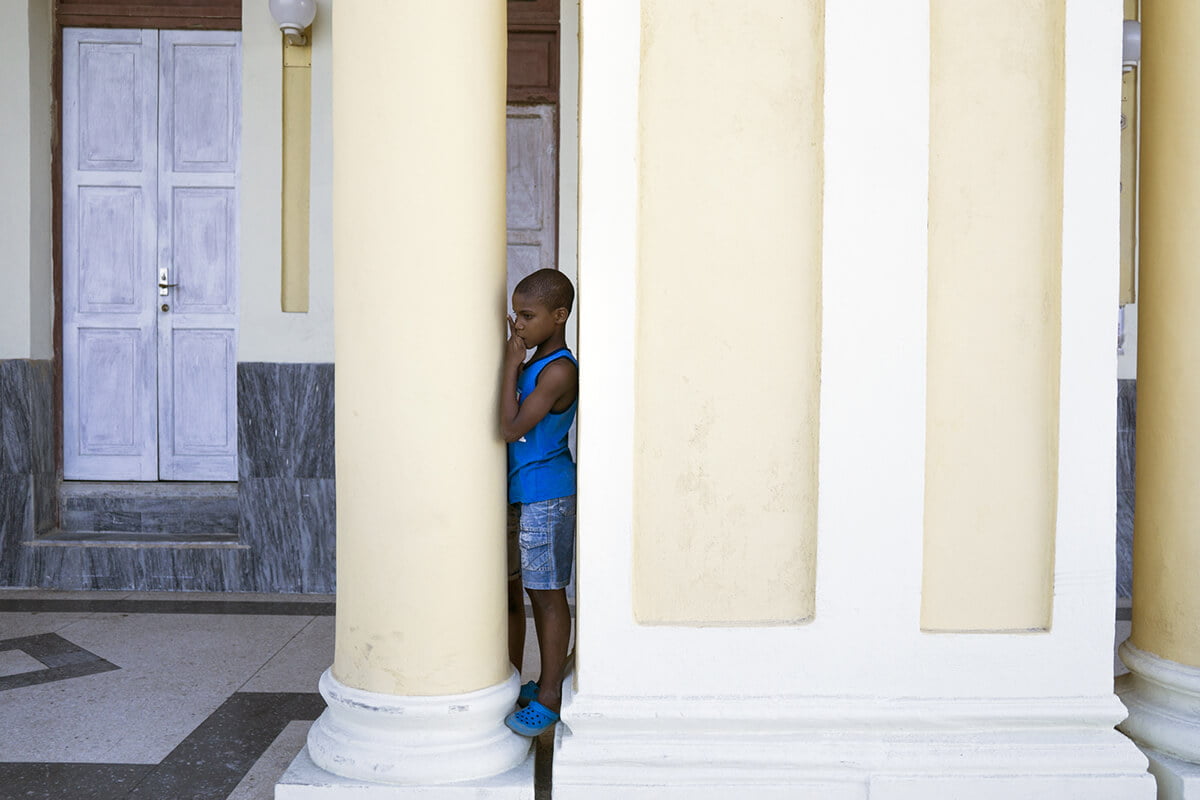
From the series Cuba
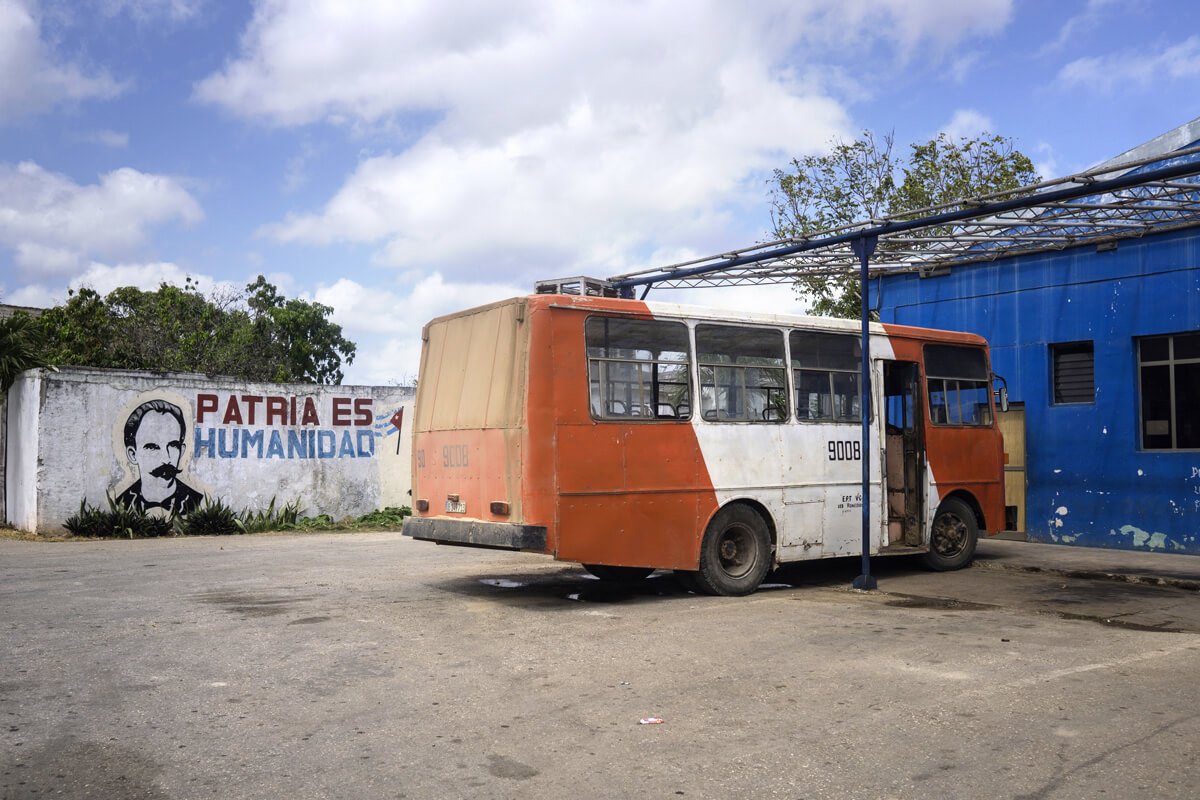
From the series Cuba
I often return to the Marcel Proust quote: “The real voyage of discovery consists not in seeking new lands but seeing with new eyes”. I imagine this is relevant to your work with refugees, for both them and you. What have you learnt from the refugees? And has the project compelled you to see Italy with new eyes?
The project “Look through my eyes – Everyday life of asylum seekers” has given me lots of insights, both in my job and in my way of seeing the city I live in. I noticed that refugees would hang out in places I don’t know, far from the ones I’m familiar with in Florence. I felt closer to them when I saw the pictures of their friends and the smiles. I liked the way many of them portrayed the “house” they share with the aim of showing everybody how unstable and tough life can be for asylum seekers. In terms of photography, I was surprised by the composition of some of the images and the choice to portray specific subjects. I remember one of the picture in particular, which seemed to be in front of a giant lake but instead is a strange perspective of a wall.
What’s the best lesson photography has taught you?
The best lesson photography taught me is to observe the world in a different way, that every place in the world hides a story that matters.
And finally, where next for you Virginia? What does 2019 have in store? And is there a dream place you with to explore, or dream story you wish to tell?
In 2019 I will continue my on-going project based on my personal experience as social educator with refugees, that will become a book. Iʼm also working on a magazine that will be written by foreigners living in Italy, with a wide section of photo reportages. Thereʼs many dream places I would like to explore, especially in Asia. But Iʼm planning to work on a series of stories based in Italy, as the socio-political situation has changed dramatically and Italy is embracing racism and discrimination more and more.
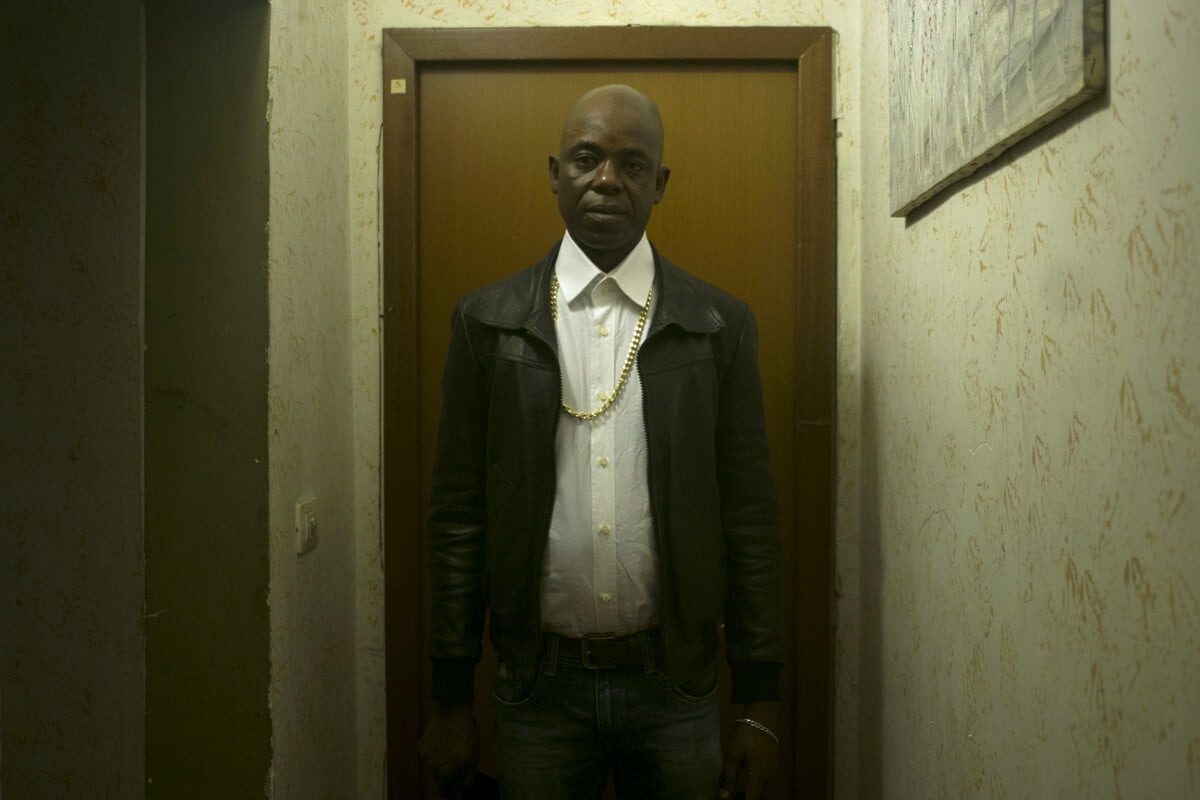
From an ongoing personal project on her work with asylum seekers
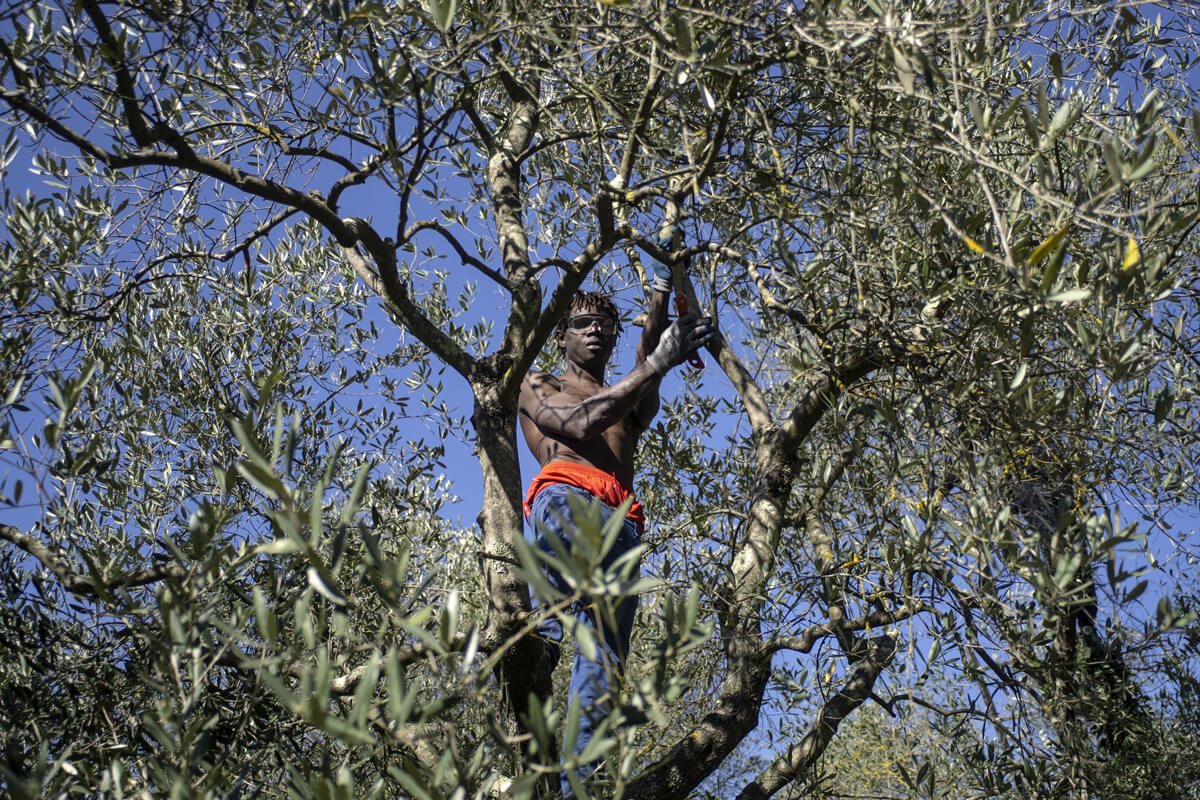
From an ongoing personal project on her work with asylum seekers
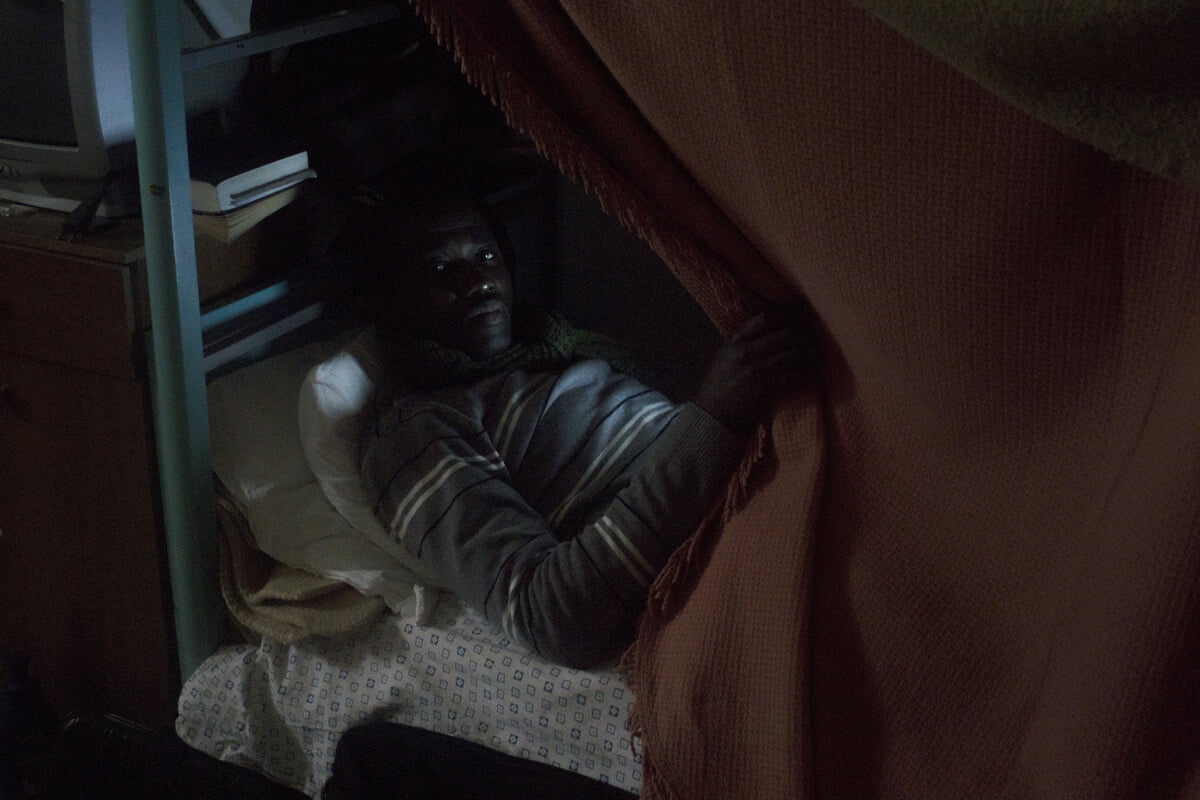
From an ongoing personal project on her work with asylum seekers
All images © Virginia Zoli
See more at www.zolivirginia.com and follow her on Instagram: @virginia.zoli
